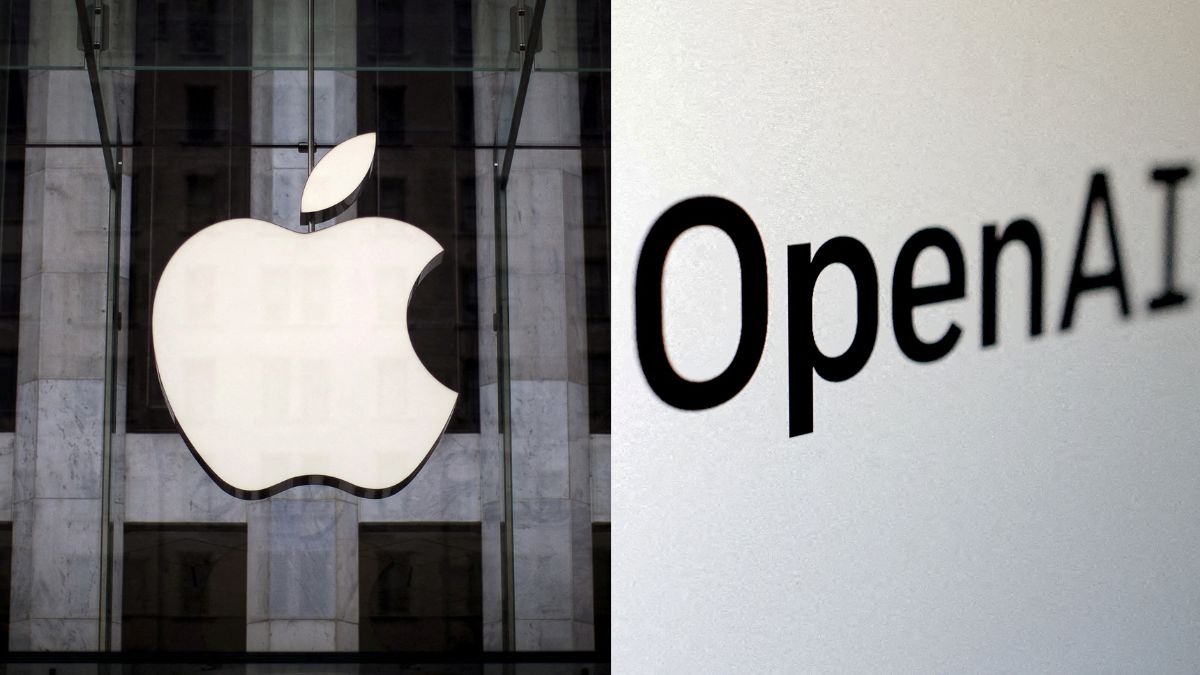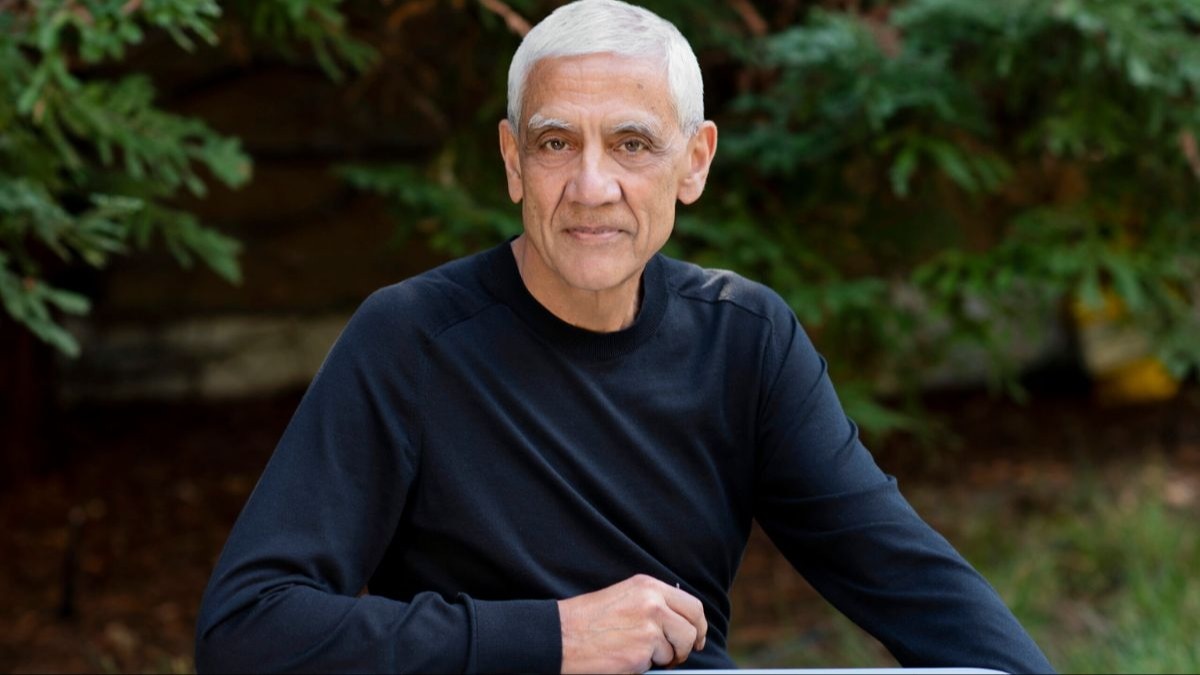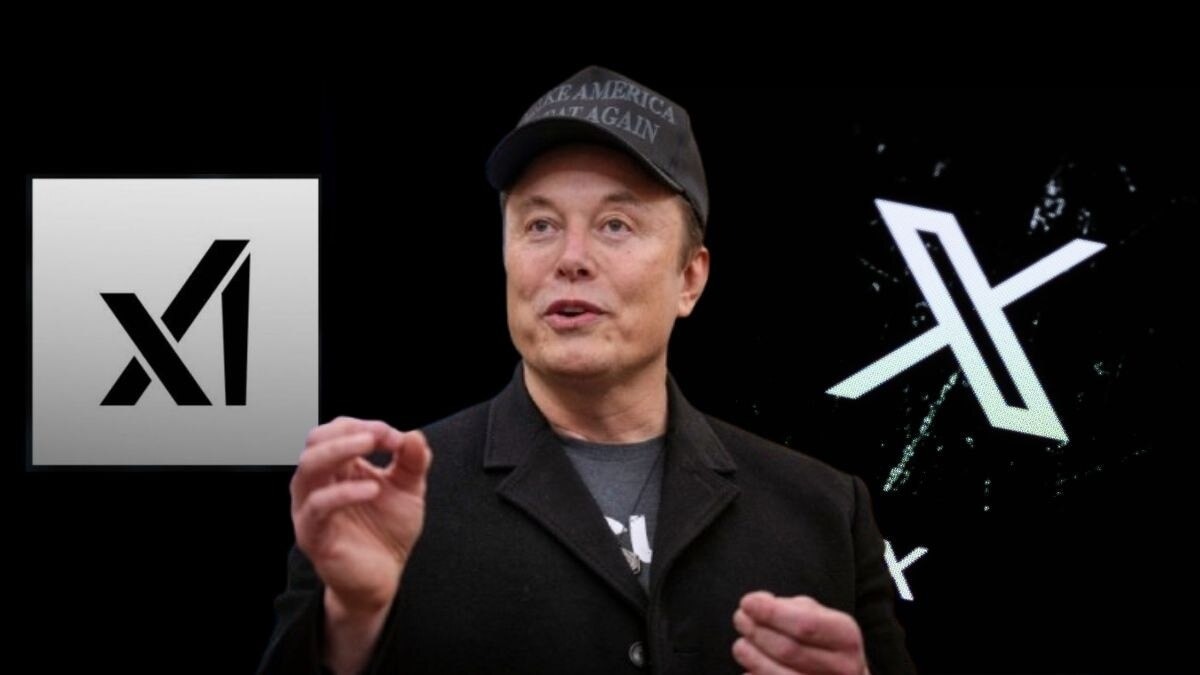Apple Develops AI Chatbot: The Future of Interactive Search
Apple is initiating the development of an AI-powered chatbot, known internally as an “Answer Engine,” aiming to compete with platforms such as OpenAI’s ChatGPT and Google’s Gemini. A report from Bloomberg indicates that Apple has formed a dedicated team called “Answers, Knowledge and Information” (AKI) to lead this effort and transform how users engage with search functionalities on Apple devices.
Leadership and Goals of the AKI Team
The AKI team is under the guidance of Robby Walker, a former executive from Siri, who now serves as a senior director within Apple’s extensive AI division, reporting directly to John Giannandrea, the head of AI. This group’s primary objective is to create a streamlined AI chatbot that offers a conversational and knowledge-based search experience, a feature that Apple has traditionally lacked in comparison to its competitors in the generative AI field.
Apple’s Strategic Shift Towards AI Tools
Apple’s renewed emphasis on developing native AI solutions comes at a time when the restrictions of its recently launched Apple Intelligence platform have become increasingly noticeable. Although Apple Intelligence includes functionalities like Genmoji and smart summaries for iOS, it still relies on external providers such as OpenAI to facilitate more advanced interactions through Siri. Developing an in-house solution could assist Apple in bridging this gap by integrating Siri’s contextual awareness with the conversational abilities of generative AI.
Development Status of the Answer Engine
The proposed Answer Engine is currently in the early stages of development, with reports suggesting its capability to scan the internet and generate answers to general knowledge inquiries. Apple is considering launching it either as an independent application or as enhanced features within Siri, Safari, and Spotlight in future updates of iOS. Numerous job postings on Apple’s careers page are now specifically looking for individuals with expertise in search algorithms and engine development, indicating that the initiative is gaining momentum.
Changing Perspectives on AI at Apple
This strategic pivot comes despite prior scepticism among Apple’s senior executives who had previously minimised the value of chatbot-style AI. This shift in attitude may underscore mounting pressure to compete with leaders in generative AI and to address the mixed feedback regarding Apple Intelligence, particularly following delays in the anticipated redesign of Siri.
Testing of the iPhone 17 Pro
Simultaneously, Apple appears to be initiating real-world trials for its upcoming flagship, the iPhone 17 Pro, with prototype units spotted in San Francisco disguised in camouflaged cases. This suggests that hardware development is proceeding as planned for the company’s next significant product release, which may eventually highlight the features of the AKI chatbot.
If successful, the AKI-led Answer Engine could represent a pivotal moment for Apple’s AI strategy, not just remedying Siri’s historical deficiencies but also transforming the search experience across the Apple ecosystem.









